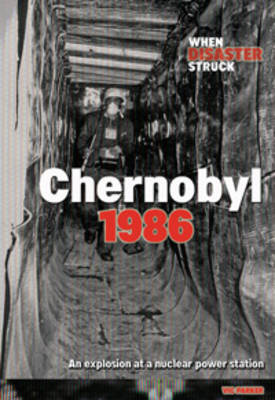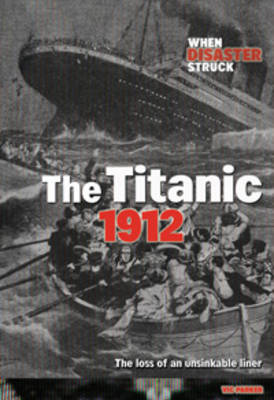When Disaster Struck
3 total works
In the 1980s nuclear power provided electricity for much of the Soviet Union. But the nuclear reactors were badly designed, and the workers were poorly trained. Late one night in 1986, the workers at Chernobyl were running tests when things went horribly wrong. Learn about the consequences of an explosion that released dangerous radioactive material into the atmosphere. Timelines, a glossary, ideas for research, and suggestions for future reading are included in this gripping read about the worst nuclear accident in history. This book highlights the dangers of radioactive material and nuclear waste.
The Titanic was the largest, most luxurious passenger ship in the world. In 1912 it hit an iceberg while travelling from England to the United States. An enormous gash was made in the side and ice-cold water began rushing in. Within hours, this floating palace had plunged to the bottom of the ocean. Over 1500 people died and, along with them, the idea that any ship is unsinkable. Timelines, a glossary, ideas for research, and suggestions for future reading are included in this gripping read about one of the most famous shipwrecks in history. This book explains how and why the Titanic sank.
Pompeii was in one of the most crowded parts of Italy. In the busy town there were housed, shops, workshops, a theatre, temples, sports grounds, and even a swimming pool. Then a massive volcanic eruption destroyed it all. The town lay buried for centuries before diggers exposed secrets of ancient Roman life. Timelines, a glossary, ideas for research, and suggestions for future reading are included in this exciting read about life in ancient Roman times. This book explains how archaeologists have pieced together the evidence of the eruption.


